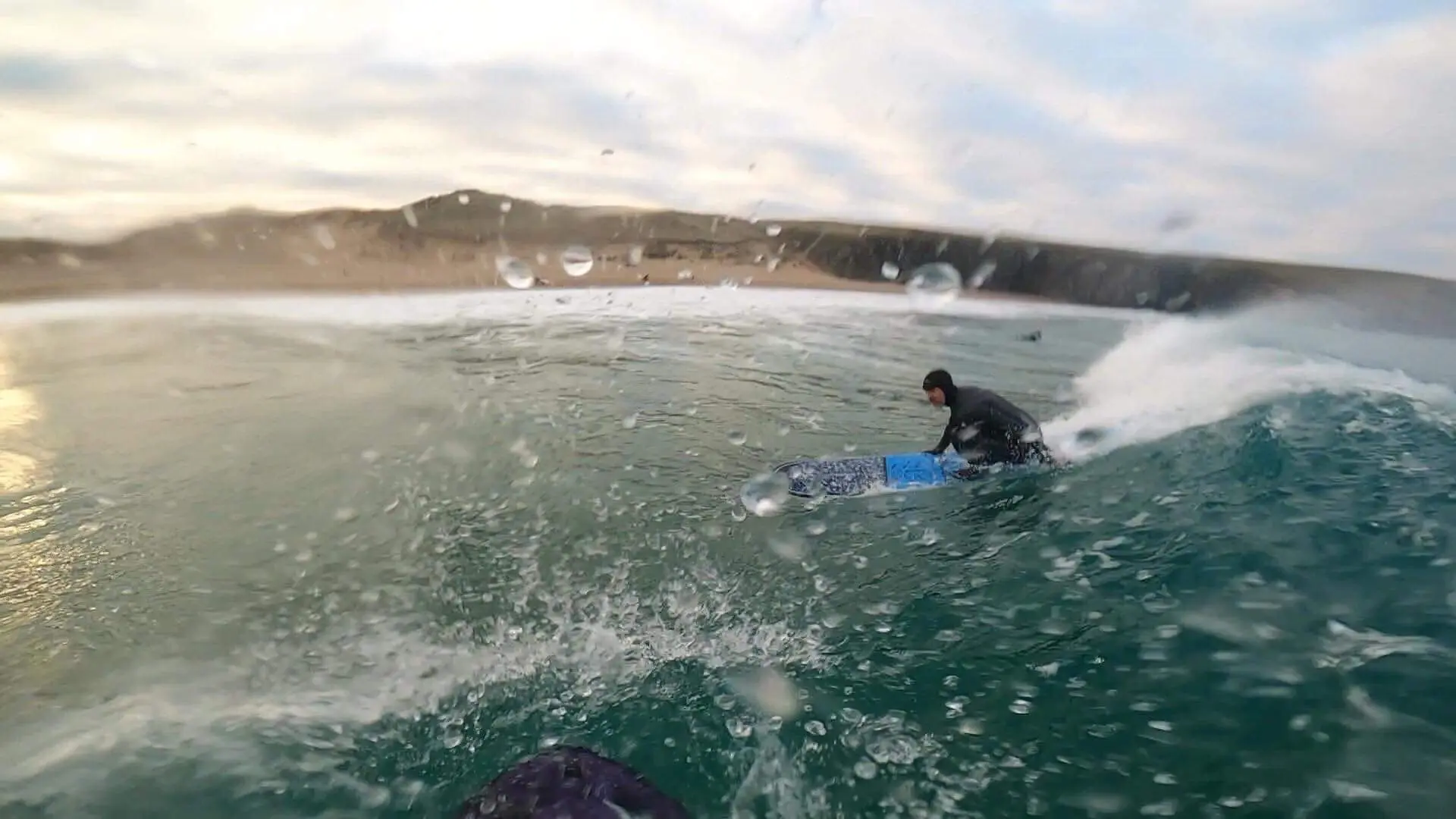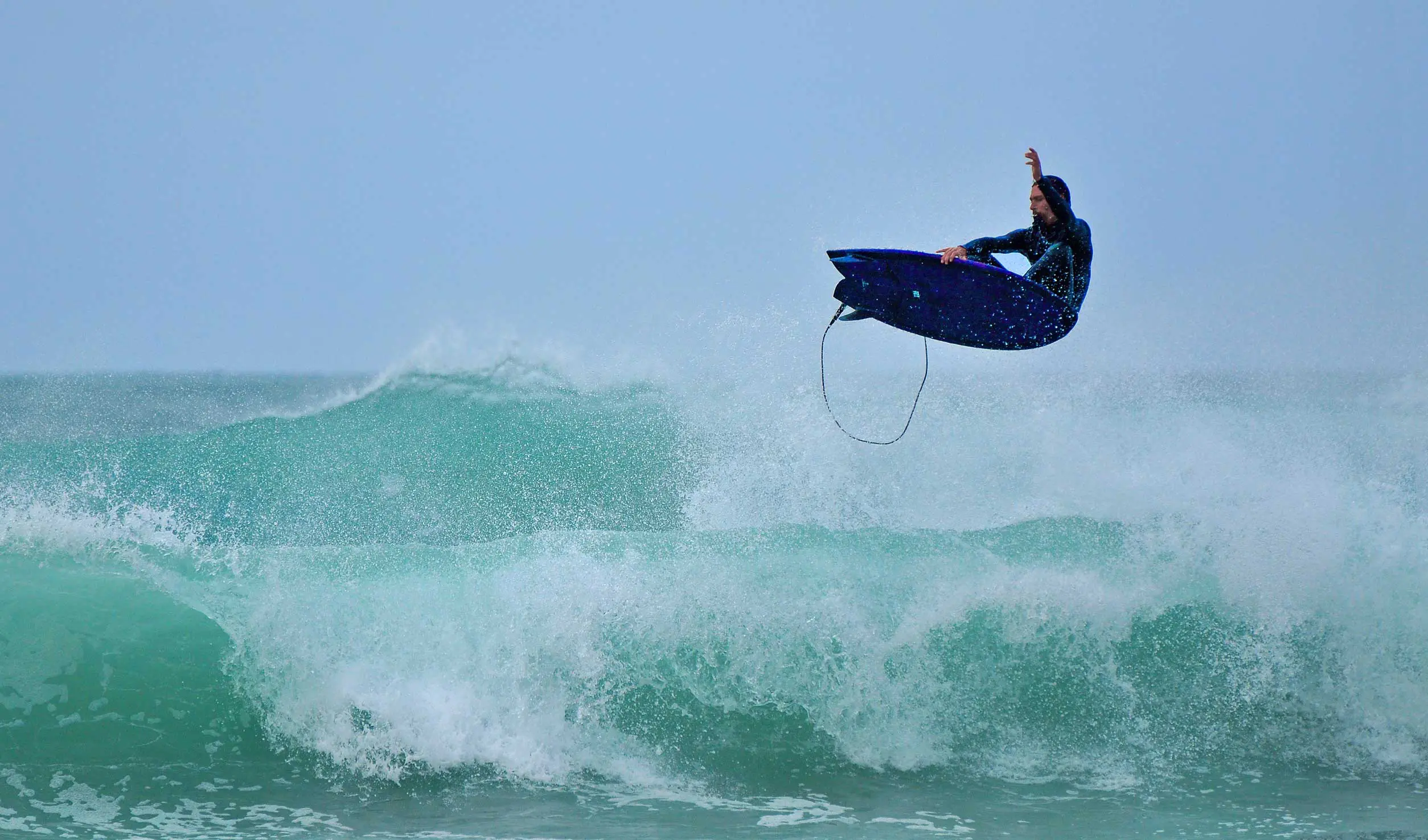What Are The Different Types Of Surfboard?
Different types of surfboard
Surfing is a water sport that has captured the hearts of millions around the world. But, what are the different types of surfboard? Whether you’re a beginner or an experienced surfer, choosing the right surfboard is essential to your surfing experience. There are various types of surfboards that cater to different levels of expertise and styles of surfing. In this blog post, we’ll discuss what the different types of surfboards are to help you make an informed decision.
Longboards

Longboards are the classic surfboard style, dating back to the early days of surfing in Hawaii in the 1920s. They are typically over 8 feet in length and have a wide, rounded nose and tail. Longboards are known for their stability and ease of use, making them the perfect choice for beginners.
The long, wide shape of the board allows for an easy paddling experience, and the board’s stability makes it easier for surfers to stand up and maintain balance. This makes longboards a great choice for learning how to surf, as they allow beginners to focus on developing their technique and getting comfortable in the water.
In addition to being great for beginners, longboards are also a popular choice among experienced surfers who enjoy a more relaxed, leisurely style of surfing. Longboards are perfect for catching small waves and gliding along them for extended periods, giving surfers a sense of freedom and enjoyment. This makes them a great choice for surfers who prioritise the experience of surfing over high-performance tricks.
Longboards are also used in competitions like the World Longboard Championships, where surfers showcase their ability to ride long, leisurely waves with style and grace. These competitions highlight the skill and artistry of longboard surfing, and surfers who excel in this style of surfing are revered for their ability to make it look effortless.
Longboards are the most traditional type of surfboard, known for their stability, ease of use, and ability to catch small waves. They are perfect for beginners learning to surf and experienced surfers who prioritize a more relaxed style of surfing. Longboards are also featured in competitions like the World Longboard Championships, highlighting the beauty and artistry of this classic style of surfing.
Shortboards

Shortboards are a type of surfboard that has a more pointed nose and a narrow tail, making them more streamlined than longboards. They are typically between 5 to 7 feet long and are designed for high-performance surfing, offering a great deal of speed and maneuverability.
Shortboards are perfect for experienced surfers who are looking for a challenging and exhilarating surfing experience. They are ideal for taking on larger waves, as their streamlined design allows for quick turns and easy manoeuvrability. The speed and agility of shortboards allow surfers to perform high-performance tricks, such as aerials and cutbacks.
However, due to their narrow design, shortboards require more skill and balance than longboards, making them unsuitable for beginners. They require a great deal of control and precision, and surfers need to be able to quickly adjust their body position to maintain balance and stability.
Shortboards are often used by professional surfers in competitions, where they showcase their skill and athleticism. These competitions feature high-performance surfing, where surfers perform a variety of tricks and maneuvers, often in challenging and high-risk conditions.
Shortboards are a type of surfboard designed for experienced surfers who enjoy high-performance surfing. They offer speed and maneuverability, making them ideal for taking on larger waves and performing high-performance tricks. However, shortboards require more skill and balance than longboards, making them unsuitable for beginners. Shortboards are often used by professional surfers in competitions, where they showcase their skill and athleticism.
Fish

Fish surfboards are a type of surfboard that have a unique shape and design. They are shorter, wider, and thicker than traditional shortboards, with a rounded nose and a swallowtail at the back. This design allows for increased stability and maneuverability, making them a great option for surfers who want to ride smaller waves and have a more playful style of surfing.
One of the main benefits of fish surfboards is their versatility. They are suitable for a wide range of surfing conditions, from small waves to medium-sized swells. The wider and thicker design of the board also makes it easier to paddle and catch waves, making it a great option for beginners.
Fish surfboards are also great for experienced surfers who want to experiment with different surfing styles. The wider tail and increased volume of the board allow for increased speed and quick turns, making it easier to perform tricks and maneuvers.
Another benefit of fish surfboards is their forgiving nature. The increased width and thickness of the board make it easier to maintain balance and stability, even in choppy conditions. This makes it a great option for beginners who are still developing their skills and need a board that is forgiving and easy to manoeuvre.
Overall, fish surfboards are a great option for surfers who want to ride smaller waves and have a looser, more playful style of surfing. They are also a great option for beginners because they are more forgiving and easier to manoeuvre than traditional shortboards. With their unique design and versatility, fish surfboards offer a fun and exciting surfing experience for surfers of all levels.
Funboards

Funboards are a type of surfboard that are a hybrid between longboards and shortboards. They typically have lengths ranging from 7 to 8 feet, making them shorter than longboards but longer than shortboards. Funboards are perfect for surfers who want to transition from a longboard to a shortboard, as they offer a balance between the stability of a longboard and the manoeuvrability of a shortboard.
One of the main benefits of funboards is their versatility. They are suitable for a wide range of surfing conditions, from small waves to medium-sized swells. The combination of length, width, and thickness make them more stable than shortboards, making it easier for intermediate surfers to maintain balance and control. Funboards also have a more forgiving nature, making it easier for surfers to learn new manoeuvres and improve their skills.
Funboards are also easier to maneuver than longboards, allowing surfers to make quick turns and perform tricks with greater ease. They are a great option for surfers who are looking for a board that is more challenging than a longboard but less demanding than a shortboard.
Another benefit of funboards is their durability. The increased thickness and width of the board make them more resistant to damage, making them a great option for surfers who want a board that will last for many seasons.
Overall, funboards are a great option for intermediate surfers who want a board that offers a balance between stability and manoeuvrability. They are easier to manoeuvre than longboards and more stable than shortboards, making them perfect for surfers who want to transition from a longboard to a shortboard. With their versatility, forgiving nature, and durability, funboards offer a fun and exciting surfing experience for surfers of all levels.
Gun
Gun surfboards are a type of surfboard that are designed specifically for big wave surfing. They are longer and narrower than traditional shortboards, with lengths ranging from 7 to 10 feet, and are designed to handle waves that are 20 feet or higher. Gun surfboards are perfect for experienced surfers who want to take on the most challenging and dangerous waves in the world.
One of the main features of gun surfboards is their length. The longer length of the board allows for increased speed and stability when riding on steep, powerful waves. The narrower width of the board also allows for increased control and maneuverability when navigating through the barrel of the wave.
Another important feature of gun surfboards is their thickness. The boards are typically thicker than traditional shortboards, which helps to provide additional buoyancy and stability when riding on large waves. The thicker board also allows for a more comfortable ride when paddling out to the lineup.
Gun surfboards require a lot of skill and experience to ride safely. The waves that these boards are designed for are extremely powerful and dangerous, and surfers need to be able to navigate through the waves with precision and control. This means that only experienced surfers who have spent years honing their skills and mastering the art of big wave surfing should attempt to ride a gun surfboard.
Gun surfboards are an essential tool for experienced surfers who want to take on the biggest and most challenging waves in the world. With their long length, narrow width, and increased thickness, these boards provide surfers with the speed, stability, and control they need to ride these powerful waves safely and successfully. However, it’s important to remember that big wave surfing is an extreme sport and should only be attempted by those with the necessary experience and skill level.
Conclusion
In conclusion, choosing the right surfboard is essential to your surfing experience. Longboards are great for beginners, while shortboards are perfect for experienced surfers. Fish and funboards are great for intermediate surfers, and gun surfboards are designed for big wave surfing. Make sure to choose the right surfboard for your skill level and style of surfing to get the most out of your surfing experience.



